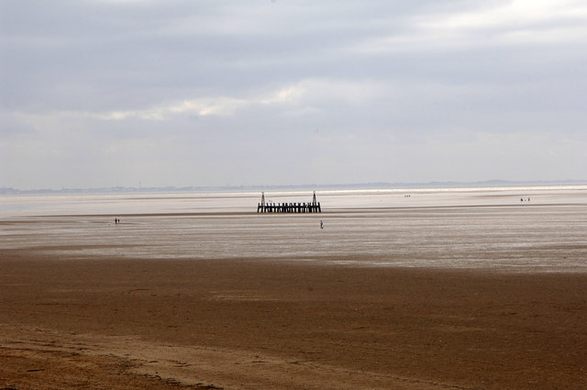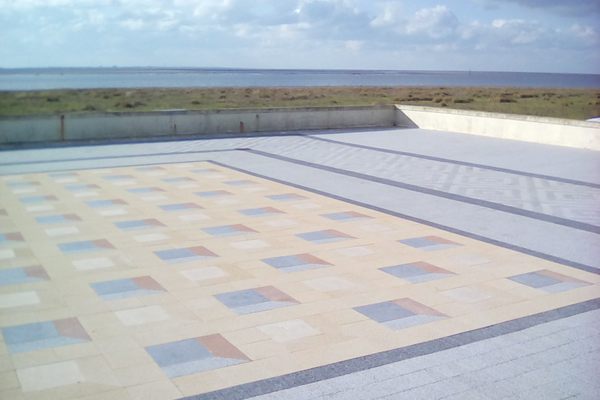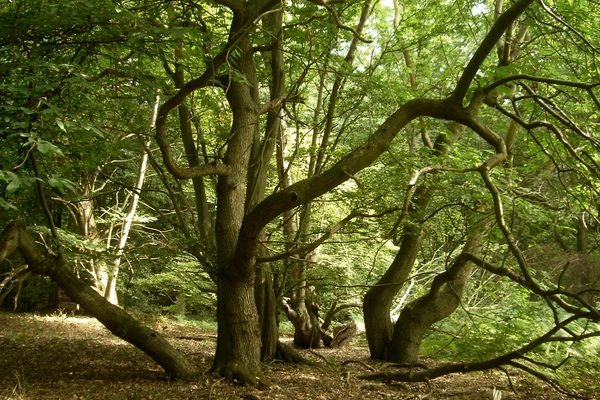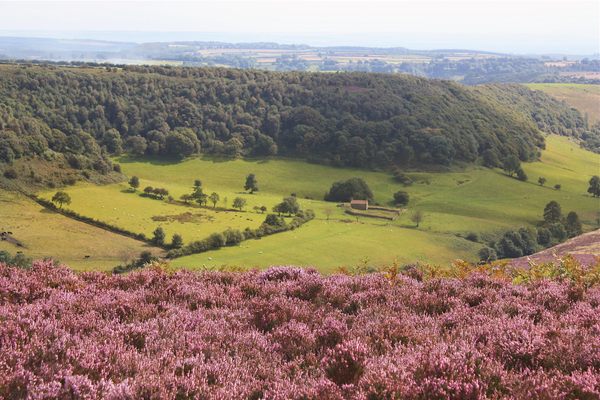Sand Dunes of St. Anne's
On moonless nights, it's said that you can still hear the church bell of a village that was swept out of the dunes and lost to the rising sea.
These sand dunes are a spectacular site across the coast of St. Anne’s in northwest England. A lush wildlife habitat, it is an important natural sea defense along the Fylde Coast and because the stretch of St. Anne’s beach is so vast when the tide is out, it makes the landscape look like you’re in the Sahara desert.
Blackpudlians are nicknamed “Sandgrownians,” a nod to growing up by the sand and sea. There’s a sense of pride in the name, and local folklore surrounding this coastal area. The most famous is their very own Atlantis, a story of the lost village of Kilgrimol. As the legend goes, Kilgrimol was a small village that once stood among the sand dunes of St. Anne’s. It was reportedly claimed by the sea during a violent storm or sank under the dunes. After it disappeared, there were tales of unearthed coffins washed up on the shore and the bell of the former Kilgrimol Chapel is said to peal from beneath the waves during moonless nights.
Urbanization and erosion are chipping away at these dunes, but they are a vitally important ecosystem and protective barrier against storms. To preserve the dunes, a new tradition has emerged in St. Anne’s Blackpool. Every January, after the Christmas holidays, locals bury their old Christmas trees in the dunes. In just two days, volunteers can plant up to 4,000 trees. The trees help keep the sand from being blown away or washed out to see, preserving a fragile ecosystem that is home to Britain’s rarest reptile: the sand lizard.
Know Before You Go
This is a dog-friendly beach but please pick up after your dog.
Be mindful of the tide and weather for your safety.
Parking is available and close to St Anne's town center for amenities.
















Follow us on Twitter to get the latest on the world's hidden wonders.
Like us on Facebook to get the latest on the world's hidden wonders.
Follow us on Twitter Like us on Facebook